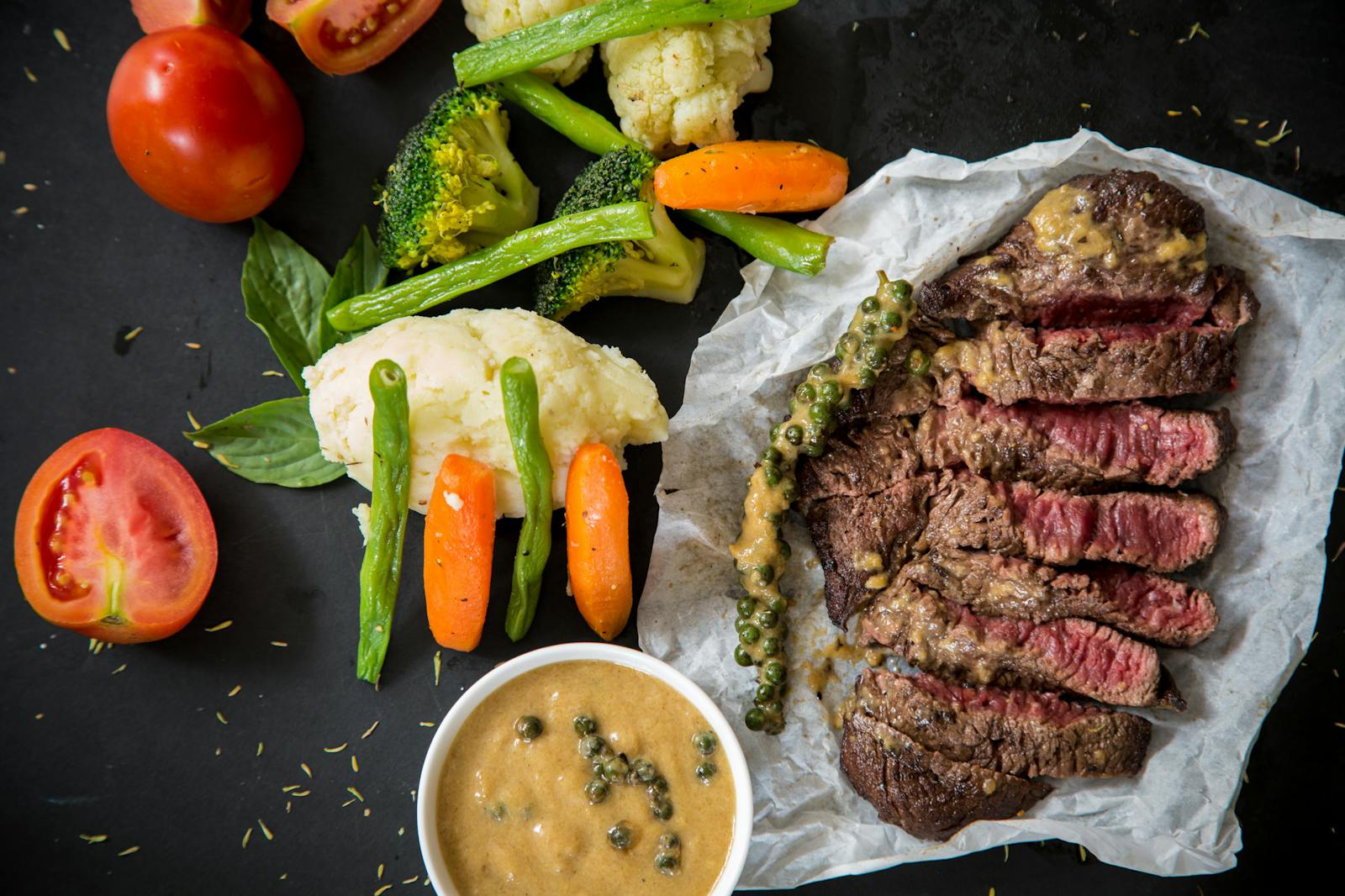The Definitive Guide to diet paleolithic
The Definitive Guide to diet paleolithic
Blog Article

The Caveman diet is a popular eating plan that emphasizes consuming unprocessed foods that our Paleolithic ancestors survived on thousands of years ago. Eliminating highly processed ingredients, the Paleo diet offers a natural way to boost health and prevent chronic disease.
What is the Paleo Diet?
The Paleolithic diet is based on the idea that our genetics are adapted for eating the types of nourishment our ancient ancestors ate during the Paleolithic era, which occurred from roughly 2.5 million to 10,000 years ago. This eating plan includes:
- Lean meats (ideally grass-fed or wild-caught)
- Nutrient-dense produce
- Natural fats from seeds and nuts
- Good fats, such as olive oil
Conversely, the diet avoids modern refined foods that have become common in the last few generations, including:
- Grain-based foods
- Processed dairy products
- Refined sugar
- Beans and lentils
Advantages of Eating Paleo
The Paleo diet offers diet paleo food list a wide range of health benefits that help enhance health. Here are some of the key benefits:
- Sustainable fat loss: By focusing on whole foods and eliminating refined products, the Paleo diet is effective for lose weight and stay in shape.
- Better gut health: As the plan eliminates grains, dairy, and legumes, many people find fewer digestive issues, especially if they’re sensitive with these modern staples.
- Increased energy: Many Paleo followers report increased vitality, as natural, unprocessed meals provide more sustainable energy than sugar-laden foods.
- Decreased inflammation: Thanks to its avoidance of processed ingredients, the Paleo diet helps lower inflammatory markers, which is linked to many health conditions.
How to Get Started with the Paleo Diet
If you're interested in the Paleo diet, here are simple ways to begin:
- Prioritize whole, natural ingredients: Stock up on fresh vegetables, lean meats, and nutrient-rich fats.
- Cut out junk food: Go through your pantry and get rid of anything highly processed like pre-packaged snacks and sweets.
- Prepare meals ahead: Make it easy to stick to the Paleo diet by making meals in advance that emphasize unprocessed ingredients.
- Keep hydrated: Water is important in any diet. Make sure you’re getting plenty of water throughout the day.
- Tune in to your body: A great aspect of the Paleo diet is that you can eat when you're truly hungry—no need for constant food tracking.
Conclusion
The Paleo diet offers a simple way to improve health by prioritizing foods that our ancestors thrived on. With the elimination of processed ingredients, it can support sustainable wellness, making it an excellent choice to fuel your body.
© - Copyright 2022
Report this page